

This Connected article recounts an important story from the oral tradition of Tainui. It tells of how the iwi’s ancestor Whakaotirangi first brought kūmara and other plants to Aotearoa and ...
READ MORE

This Connected article by Priscilla Wehi and Hemi Whaanga explores how early Māori named and grouped the plants and animals they found around them. Discover what this process reveals about Māori ...
READ MORE

A more precise timeline now shows Aotearoa was first settled in the North Island before the settlers expanded south and then retreated again when the climate changed. This article has been ...
READ MORE
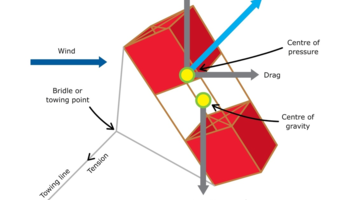
In this activity, students will learn about some kite history and how kites fly before making and flying a kite themselves. By the end of this activity, students should be able to: use some kite ...
READ MORE

In this activity, students explore how flight has developed over time with discussion about trends and future possibilities. By the end of this activity, students should be able to: explain in a ...
READ MORE
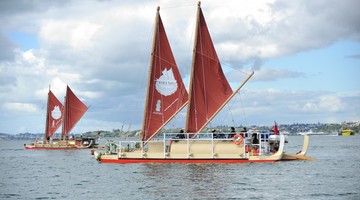
In this activity, students read a legend of Kupe. They compare this with modern-day voyaging without navigational instruments to work out what might have happened during the Polynesian migration ...
READ MORE
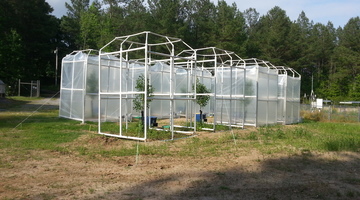
By comparing some features of fossilised plants with the same features of plants living today, scientists hope to be able to learn more about the effect of changing carbon dioxide (CO2) levels in ...
READ MORE

iNaturalist logs hundreds of thousands of photos of flora, fauna and fungi. There are even sound recordings too. Each is described and geo located. iNaturalist is used by citizens and scientists ...
READ MORE
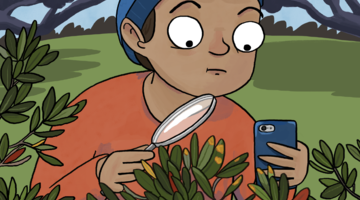
Myrtle rust is a serious biosecurity threat, and help is needed to monitor its spread. This citizen science project aims to gather information on the location, hosts and intensity of this fungal ...
READ MORE

Why is the sky blue? Why do stars twinkle? Why did the apple fall to the ground? What happens if I hit this rock with another rock? As humans, we’re curious, and throughout history, we’ve ...
READ MORE
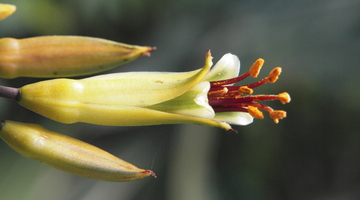
Flowering plants create seeds, which get spread away from the parents and grow into new plants in new places. Pollination has to happen before seeds can be made, so flowers have a range of ways ...
READ MORE
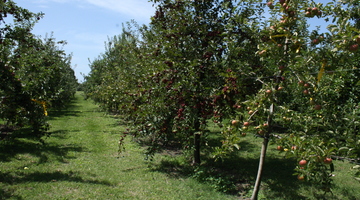
In this unit, students investigate trends and drivers and what may be possible and preferable attributes for new fruit varieties in the future. Purpose To understand the influences currently ...
READ MORE
Dave Kelly the of University of Canterbury explains why native mistletoes are declining. He also talks about the research that he and Jenny Ladley carry out in Craigieburn Forest Park in the ...
READ MORE
The Rhabdothamnus plant relies on bellbirds and stitchbirds for pollination. Dave Kelly of the University of Canterbury explains that, where these birds are absent, the plants are not surviving ...
READ MORE
Te Papa holds the plant collections of Sir Joseph Banks, Daniel Solander and William Colenso, 3 of New Zealand’s earliest botanists. Dr Patrick Brownsey explains the significance and value of ...
READ MORE
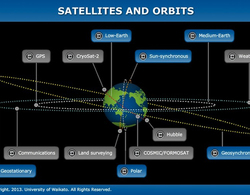
The size, orbit and design of a satellite depend on its purpose. In this interactive, scientists discuss the functions of various satellites and orbits. Accompanying fact files provide ...
READ MORE
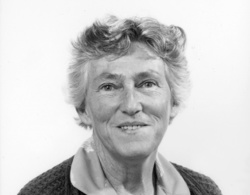
This timeline lets you see aspects of Joan's life and work, and how these fit into a wider science picture of paleontology. A full transcript is underneath.
READ MORE

This timeline lets you see the historical developments in technology related to weather monitoring, measuring and forecasting. It also shows how scientific thinking changed over the centuries as ...
READ MORE